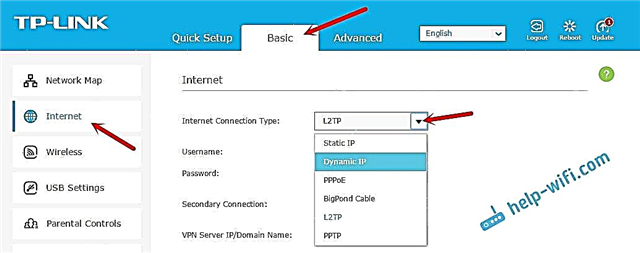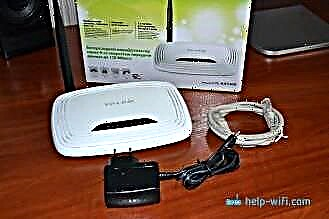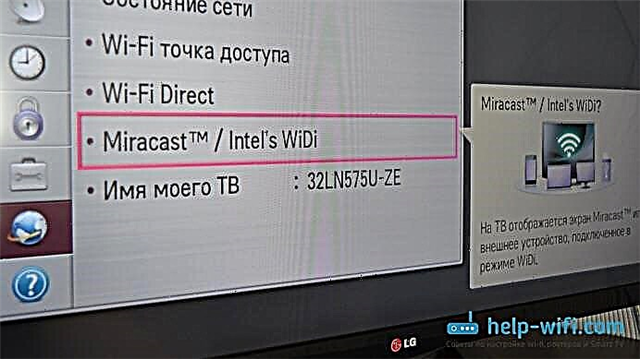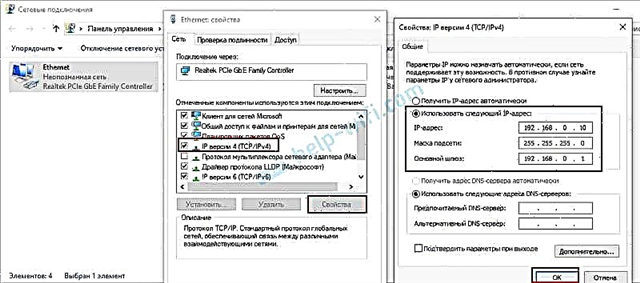In this article, I will talk about solving the problem when you cannot enter the settings of the router on which the operating mode was changed. When we configure a regular router in the mode of a Wi-Fi signal amplifier, wireless bridge (WDS), receiver, access point, or simply manually disable the DHCP server. And after that we cannot open the settings of this router, or the settings of another router open. I have already written a lot of instructions for changing the operating mode on routers from different manufacturers. He showed how to configure different routers as a repeater (signal amplifier), wireless bridge, access point, etc. And one of the most frequent questions in the comments to these articles: "What to do if after changing the mode of the router you cannot enter settings ".
In fact, everything is very simple. When we change the operating mode of the router, after changing the mode (for example, to "Wi-Fi signal booster"), the DHCP server is automatically disabled on the router. And he is responsible for issuing IP addresses to devices that we connect to the router. Since it is a DHCP server, the device (the same laptop or PC) cannot obtain an IP address from the router and connect to it. And if the device is not connected to the router, then we will not be able to enter the settings from it. The same story with the bridge mode setting (WDS). For example, on TP-Link routers. During the configuration process, I recommend manually disabling the DHCP server. After that, the connection with the router is lost and we can no longer enter its settings (web interface).
This means that the main reason is that the DHCP server does not work on the router in amplifier, bridge, access point or receiver mode. This is the story with all routers that have different operating modes: ASUS, TP-Link, D-Link, Tenda, Zyxel Keenetic, Netis, Mercusys, Totolink, etc. There are several solutions:
- Just reset the router to factory settings. By default, the device operates in router mode, DHCP server is enabled. Then you can open the settings and try again to configure the desired operating mode, or perform other settings. I very often recommend this method. It is the simplest one.
- On the device (computer, laptop, phone) from which we want to enter the settings of the router (on which the operating mode was changed and the connection was lost), we need to manually register the IP address, mask and gateway. When a DHCP server is running on the router, the device receives these addresses automatically. And since after changing the operating mode the DHCP server is disabled, they must be manually registered directly on the client.
- If the router was not just switched to another operating mode, but a connection was made to the main router (for example, the second router in repeater mode is connected to the first one), then you can see the IP address (which can be used to enter the settings) in the web interface of the main router. In the list of connected devices. However, this method does not work in all modes and not on all routers.
I'll show you in detail how to apply these three solutions later. Choose the most appropriate way to solve this problem for yourself.
Restoring the standard operating mode of the router through a factory reset
After setting up WDS (wireless bridge), or changing the operating mode, you can always return the router to its original state simply by doing a factory reset. For this, you don't even need to go to the web interface. Reset can be done with the button. It is on every router. Most often it is labeled Reset (RST, Default).

The factory reset process may work differently on different models. But in most cases the following scheme works:
- We turn on the router and wait for about a minute.
- We find the Reset button. If it is recessed into the body, then we need a paperclip, toothpick, or other thin object.
- Press the button and hold it for about 10 seconds.
- At this moment (while holding the button), we look at the indicators. From them you can understand that a reset has occurred.
- The router will be like new after reboot.
After completing these steps, you can connect to the router and open its settings through a browser. For example, I leave a link to the article in which I showed in detail how to reset the TP-Link router settings.
We manually register IP, mask and gateway
In the majority of additional operating modes (reipter, access point), the DHCP server is automatically disabled. After that, the router does not issue IP addresses, devices do not connect and settings do not open. After correct configuration in a certain operating mode (after a successful connection to the main router), the IP addresses are issued by a DHCP server that runs on the main router.
If we have a router that has been switched to a certain operating mode and communication with it is lost, there is no connection when the router is directly connected to a computer, then on the computer, in the properties of a network connection (LAN), or even a wireless connection (Wi-Fi) manually register the required addresses. After that, a connection with the router will appear and we will be able to enter its control panel.
- Connect your computer to a router (the settings of which cannot be entered) via a cable.
- Open the "Network Connections" window. This can be done through the parameters, or by pressing Win + R to execute the ncpa.cpl command.
- Open the properties of the Ethernet connection (Local Area Connection). If you plan to connect to the router via Wi-Fi, then change the wireless connection settings.
- Select "IP version 4 (TCP / IPv4)" and click on the "Properties" button.
- Put the switch next to "Use the following IP address" and manually enter the addresses. We need to know the LAN IP address of the router. Most often, the default (if you haven't changed it) is 192.168.1.1 or 192.168.0.1. Usually the address in this form is indicated at the bottom of the router. In my case, the LAN IP address of the router is 192.168.0.1. So in the IP-address field we write, for example, 192.168.0.10 (change the last digit), "Subnet mask" will be registered automatically when you set the cursor, and "Default gateway" is the IP-address of the router. In my case 192.168.0.1. Like this:
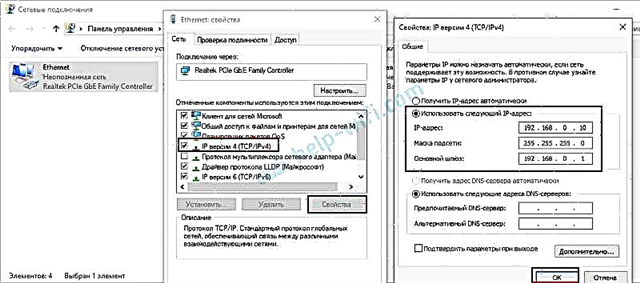
- After that, a connection to the router will appear (if you have correctly registered the addresses). The connection status "Unrecognized network" will disappear. You will be able to log into the web interface using the router's IP address (which you specified in the "Default gateway" field).
This is how you can open the settings of a router on which the DHCP server was disabled for some reason. Already in the settings, you can either change the operating mode, or continue the configuration in the mode you need.
We look at the IP address of the router (repeater, access point) in the settings of the main router
Important! This method may not work in your case. Depending on both routers and the selected operating mode. If the second router is not in the list of connected ones on the first, then use one of the methods that I wrote about above.
Now I will try to explain how it works. We have a main router that distributes the internet. We want to use the second router to solve some specific tasks by connecting it to the first router. In the mode of an access point (via cable), a Wi-Fi signal amplifier, a bridge, etc. If the second router was connected to the main one (connection established), then it receives an IP address from the main one. This IP address is displayed in the web interface of the main router. And you can use it to open the web interface of the second router.
We need to go to the settings of the main router, find there a list of connected devices (or a list of DHCP server clients), find our router and see which IP address was assigned to it. Then go to the settings at this address.




